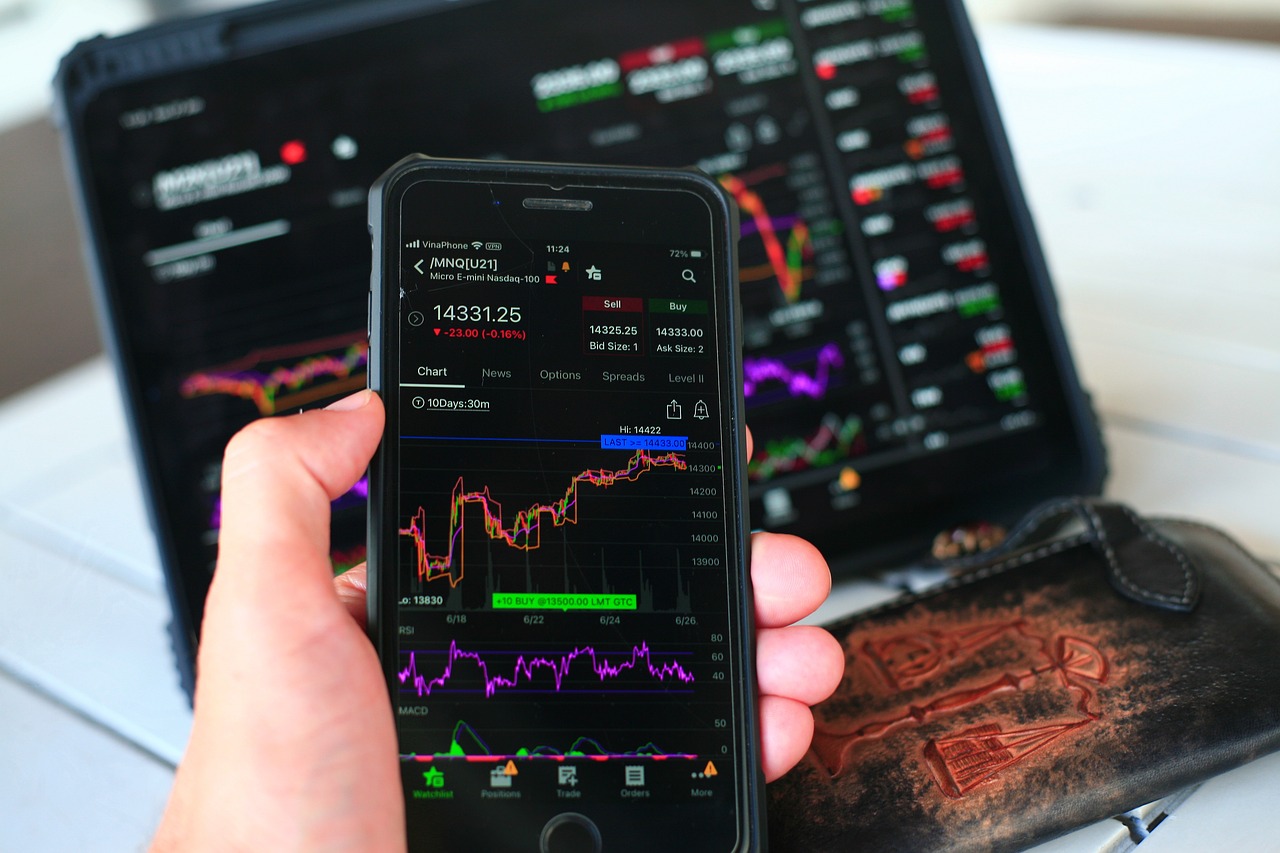AI Trading Bots: Revolutionizing the Financial Markets
The financial trading landscape has undergone a paradigm shift with the advent of artificial intelligence (AI) trading bots. These sophisticated algorithms leverage machine learning, data analysis, and predictive modeling to automate trading decisions, offering a range of benefits and transforming the way traders approach the markets.
Types of AI Trading Bots
Arbitrage Bots
- Exploit price discrepancies across different exchanges
- Execute simultaneous trades to capitalize on price differences
Trend-Following Bots
- Identify market trends using technical indicators
- Enter and exit trades based on predefined strategies
Market-Making Bots
- Provide liquidity by placing both buy and sell orders simultaneously
- Profit from the bid-ask spread
Scalping Bots
- Take advantage of small price movements
- Execute numerous short-term trades to generate small but frequent profits
Key Benefits of AI Trading Bots
- Automation: Eliminate the need for manual trading, freeing up time.
- Objectivity: Remove human emotions and biases from decision-making.
- Optimization: Continuously adjust strategies based on real-time market data.
- Diversification: Spread investments across multiple strategies and asset classes.
- Risk Management: Set predetermined stop-loss levels and position-sizing algorithms.
Implementing an AI Trading Bot
Step 1: Choose a Trading Strategy
- Identify the trading style and risk tolerance that aligns with the bot’s capabilities.
Step 2: Select a Reliable Platform
- Consider factors such as security, trading fees, and API stability.
Step 3: Configure and Backtest
- Adjust parameters and test the bot’s performance on historical data.
Step 4: Monitor and Optimize
- Track the bot’s performance and make necessary adjustments based on market conditions.
Considerations for Using AI Trading Bots
- Technical Proficiency: Requires a basic understanding of coding or programming.
- Data Quality: Historical data used for training must be accurate and reliable.
- Security: Ensure the bot is protected from unauthorized access and cyberattacks.
- Market Risk: AI trading bots cannot eliminate market risk entirely.
- Legal and Regulatory Compliance: Adhere to all applicable financial laws and regulations.
Conclusion
AI trading bots have revolutionized the financial trading industry, offering a range of benefits and transforming the way traders operate. By automating decisions, optimizing strategies, and enhancing risk management, these algorithms empower traders to navigate the markets more effectively. However, it’s crucial to approach AI trading with caution, ensuring a thorough understanding of the technology, selecting a reliable platform, and adhering to best practices for implementation and monitoring. As the financial landscape continues to evolve, AI trading bots are poised to play an increasingly significant role in shaping the future of investing.




